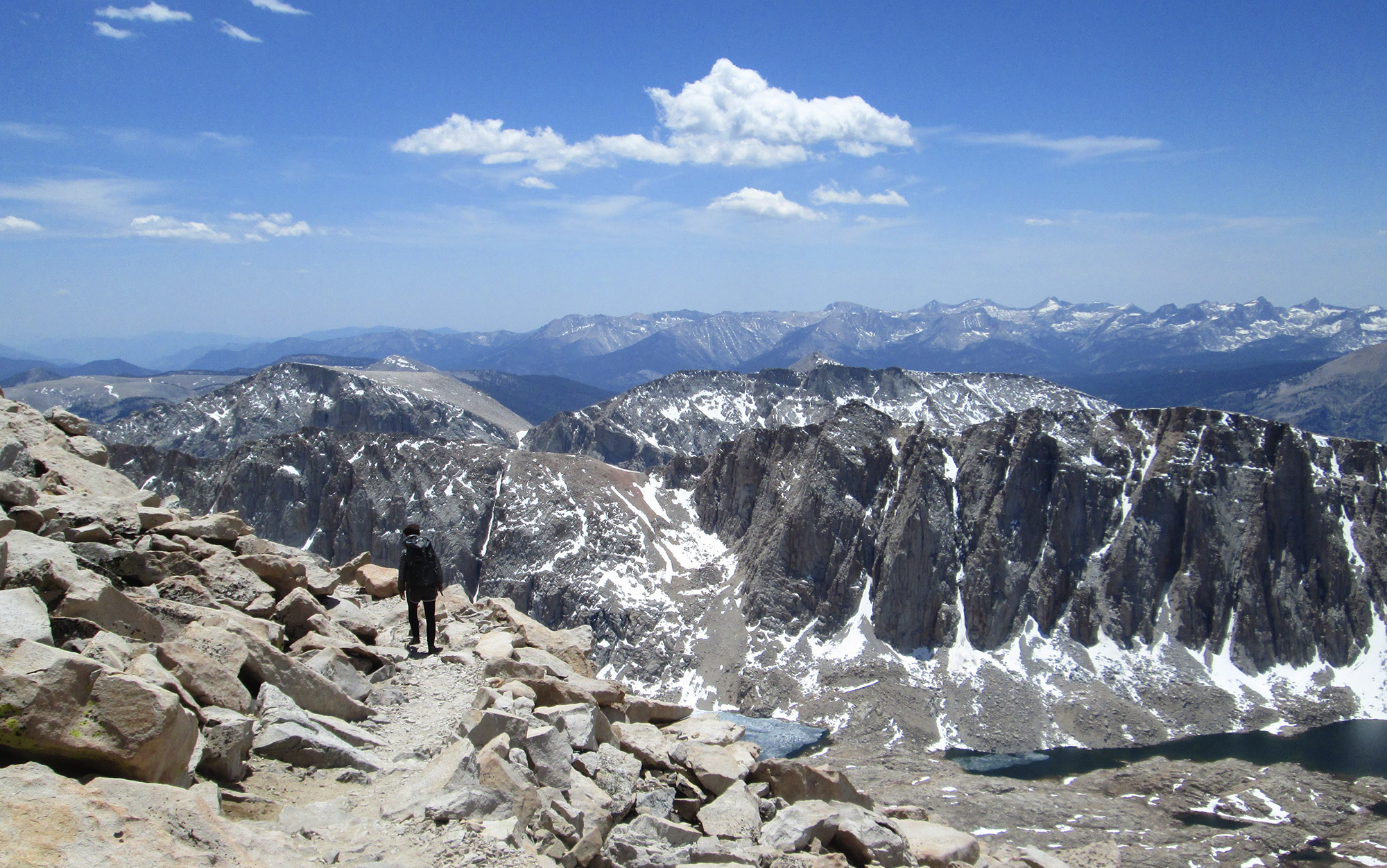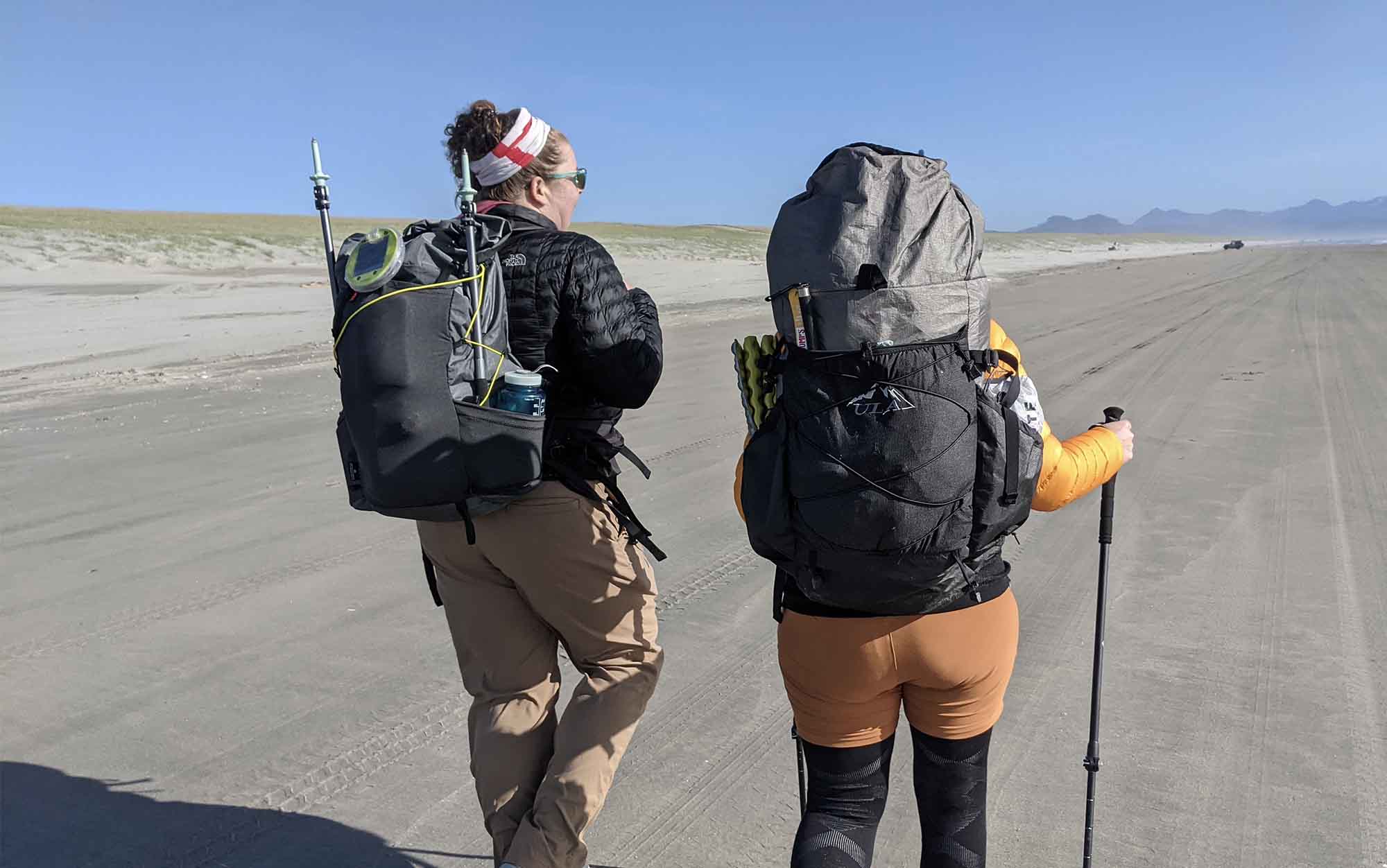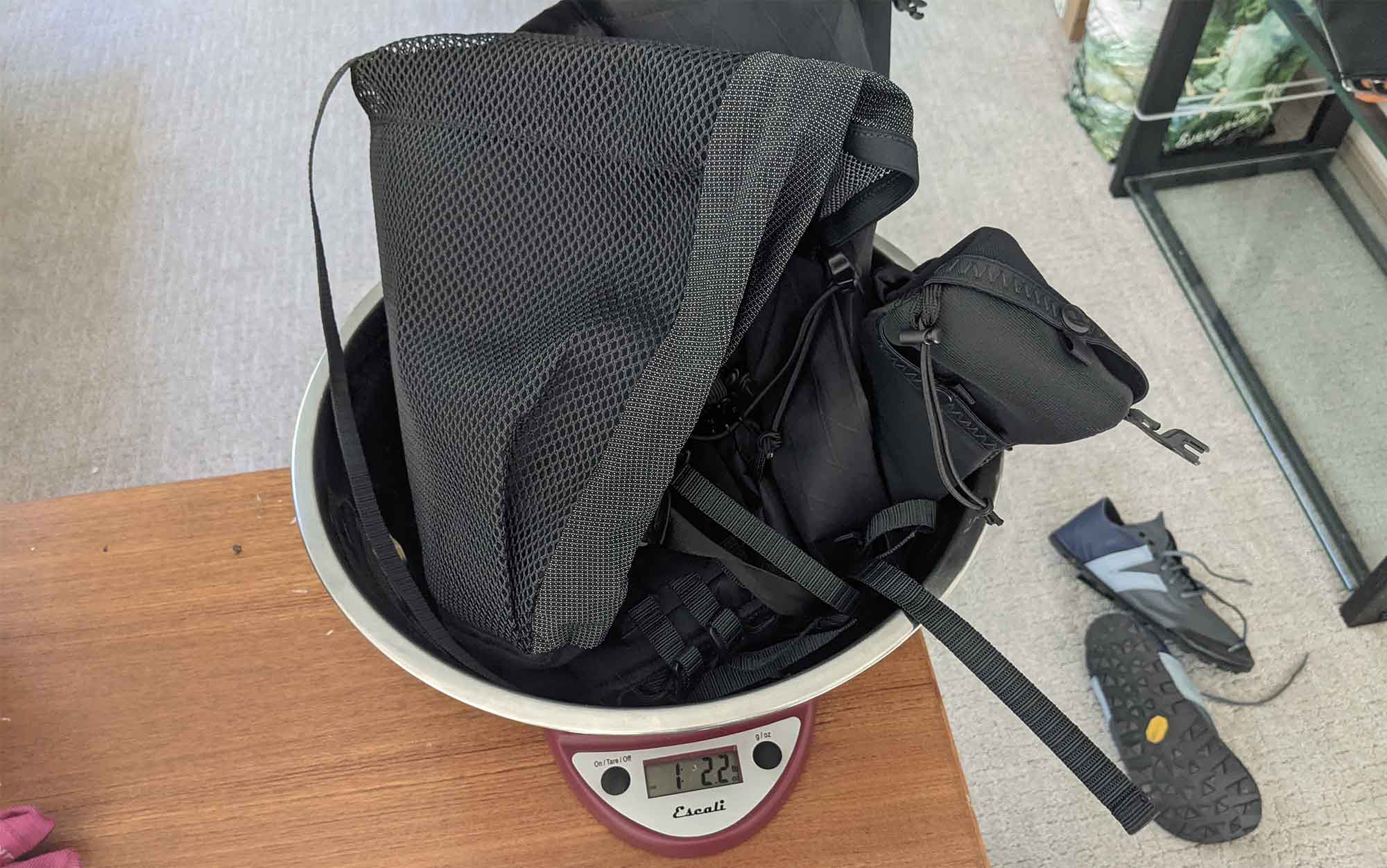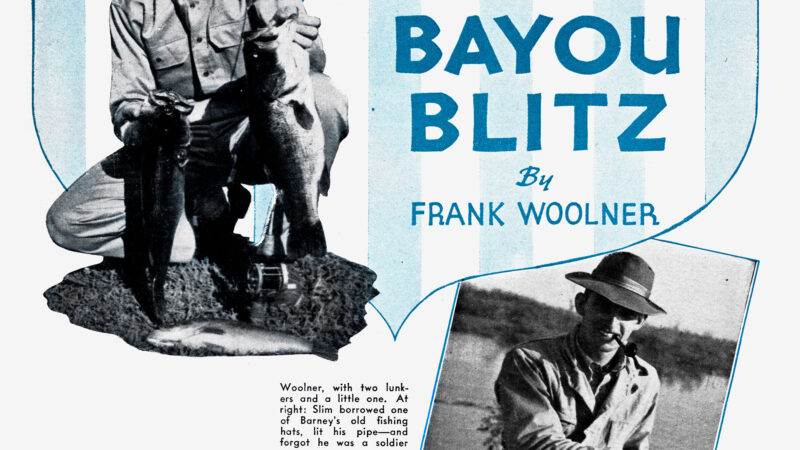Traditional Backpacking Is Dead. Here’s Why Everyone Should Be Ultralight Backpacking
We may earn revenue from the products available on this page and participate in affiliate programs. Learn More ›
For plenty of outdoorsmen and women, ultralight backpacking conjures up a particularly kooky image. Sawed-off toothbrushes. Dingy plastic water bottles with water filters screwed on top. Backpacks — with cut-off straps — that are no bigger than a daypack.
And that was once the case. But as I learned in last year’s test of the best ultralight gear, the availability and range of backpacks, tents, and more has exploded in recent years, with big-name manufacturers getting in on the game and cottage companies going mainstream as a growing audience goes all-in on the ultralight action. You don’t have to be a thru-hiker anymore to go ultralight — it’s even possible for someone completely new to backpacking to safely build out their first kit using only ultralight gear.

I’ve been spending the last couple of months planning this year’s ultralight backpacking test (read about last year’s big tests here: the best ultralight backpacks and the best ultralight tents). We’ve got ultralight tents and backpacks from mainstream brands like Black Diamond, Mystery Ranch, REI, and Osprey as well as smaller brands like Nashville Packs, Seek Outside, Slingfin and UL mainstays like Gossamer Gear, Zpacks, and Six Moon Designs. We’ve even got our first international UL brand we’ll be testing: Aarn Packs out of New Zealand. While last year we tackled quilts, this year we’ll be testing ultralight sleeping bags from the likes of Feathered Friends, Stone Glacier, Western Mountaineering, Kuiu, and Rab. We’re also checking out cook systems, with pots and stoves from Toaks, Vargo, Snow Peak, Soto, MSR, and more.
Given the sheer volume of ultralight gear to test (I have no concerns about booking out anoter full testing schedule next year) it’s easy to forget that it’s a trend that started relatively recently.
Where Did Ultralight Backpacking Come From?
Ultralight backpacking got its start with the publication of The PCT Hikers Handbook by Ray Jardine in 1991. In it he described a fast (at the time) hike of the Pacific Crest Trail with his wife, completing it in four and a half months. While the book covers a variety of topics, including nutrition, training, and on-trail first aid, the most impactful portion described their gear choices. Rather than the most durable, toughest materials, Jardine recommended cutting as much weight as possible by opting for smaller backpacks, trail running shoes instead of hiking boots, and quilts instead of sleeping bags. On their own, perhaps, these choices might not make a major impact on an individual’s hiking experience. But when viewed as a system, these techniques could cut the weight you are carrying in half — or more. Jardine’s first thru-hike of the 2,650-mile PCT using these new methods took about 139 days. Today, the record for an unsupported PCT thru-hike (i.e., no one assisting you with food or water) is 55 days, 16 hours, and 54 minutes.
Read Next: 50 Miles Across the Mojave Without Water
I hike the PCT in 2014, and it makes sense to me that ultralight backpacking evolved there. Unlike the frequent road crossings of the Appalachian Trail, PCT hikers spend their first month in the hot, dry, and surprisingly remote outback of Southern California. Even in good years, there can be as many as 20 miles between water sources and you must carrying a week’s worth of food on your back.

Adam Tycaster
You have a lot of time to think about what a difference of 2.5 pounds (the weight of one liter of water) can make on your back, and how much faster you are hiking at the end of that week than you did at the start. By the time PCT backpackers finish the desert and hit the foothills of the Sierra Nevada — true remote wilderness there — even those who started out as ultralights skeptics are looking for something, anything, in their pack that they can leave behind.
Read Next: The Gear a Thru-Hiker Relies on After 11,000 Miles
This creates a culture among thru-hikers that can, from the outside, look fairly extreme. A common rite of passage is the pack shakedown, where experienced thru-hikers go through every item in someone’s pack and tell them what they should get rid of. There is a lot of discussion of base weights — the weight of your kit without food or water or fuel — with the ideal being under 10 pounds (something I have yet to achieve). Meanwhile, people are definitely still cutting excess nylon off their backpacks.
The State of Ultralight Backpacking Gear Now
What gets lost sometimes in the excesses of ultralight culture is that ultralight gear has gotten really good in recent years. In general, good ultralight gear is more comfortable, more reliable, and has better load carrying potential than the ultralight gear of yore. It’s also more comfortable and reliable than a lot of traditional backpacking gear. And notwithstanding a few notable exceptions, it’s typically less expensive.
For OL’s first ultralight backpacking gear test, I invited Diana Helmuth to join us, author of How to Suffer Outside: A Beginner’s Guide to Hiking and Backpacking. Her experience of ultralight gear was rooted in the early aughts, when her mom started making alcohol stoves out of tuna cans and cutting straps off backpacks. This prooved frugal and creative, but not always the most comfortable experience. Helmuth went right back to the traditional backpacking gear she had grown up with.
While most of the brands we tested in 2023 would be well-known to subscribers of Backpacking Light — Six Moon Designs, Gossamer Gear, Durston, TarpTent, Zpacks, etc. — Diana told me the only one she had heard of was Hyperlite. While Diana had already spent some time testing some of the best of the best backpacking backpacks, including the Gregory Deva, Mystery Ranch Bridger, and Deuter Aircontact, she was surprised at how comfortable the ultralight packs were, and that they achieved this without costing an arm and a leg. “The Mystery Ranch backpack weighs like five pounds and costs more than the Six Moons pack I tested with you,” she told me.

Diana ultimately tested three packs — the ULA Circuit, the Six Moon Designs Swift X, and the Mountainsmith Zerk, and came away feeling that “They all felt really good. They all felt really comfortable.” The experience left her questioning backpack features that are standard across traditional backpacks, including the need for load lifters and even waist belts, to help you comfortably carry your gear. “I’m starting to realize that less might be more,” she told me. “Hiking with less weight on your back feels nicer, period.”
Where Ultralight Goes from Here
What’s most exciting about ultralight backpacking gear is the ingenuity involved. Read enough of the “about” pages on cottage ultralight gear sites and a pattern emerges: The founder hiked a long trail, had A LOT of time to think about how a particular item in their kit could be improved upon, and decided to manifest that at the end of the trail. Some of these companies, like Six Moons Designs and Feathered Friends have been around for decades; others, like Durston Gear and Nashville Pack, are younger. And there are always newcomers to the ultralight scene, including the youngest company on this year’s testing schedule: Symbiosis Gear, which has been around since only 2022.

And ultralight gear manufacturers are supported by a community of backpackers who are more interested in how a new tent design could shave a few ounces off their kit, or a backpack could improve their mobility while hiking, than they are about a particular brand name or tried and true design. And when those ideas work, they start to percolate. Trail runners and trekking-pole tents might have gotten their start on long trails, but they’re mainstream now. And with big names like Black Diamond and Mountain Hardwear throwing their hats into the ring, it’s only a matter of time until we live in a world dominated by the ideas and ingenuity behind ultralight gear, with traditional backpacking gear being regulated to the discount bin.
The post Traditional Backpacking Is Dead. Here’s Why Everyone Should Be Ultralight Backpacking appeared first on Outdoor Life.
Source: https://www.outdoorlife.com/adventure/traditional-vs-ultralight-backpacking/





